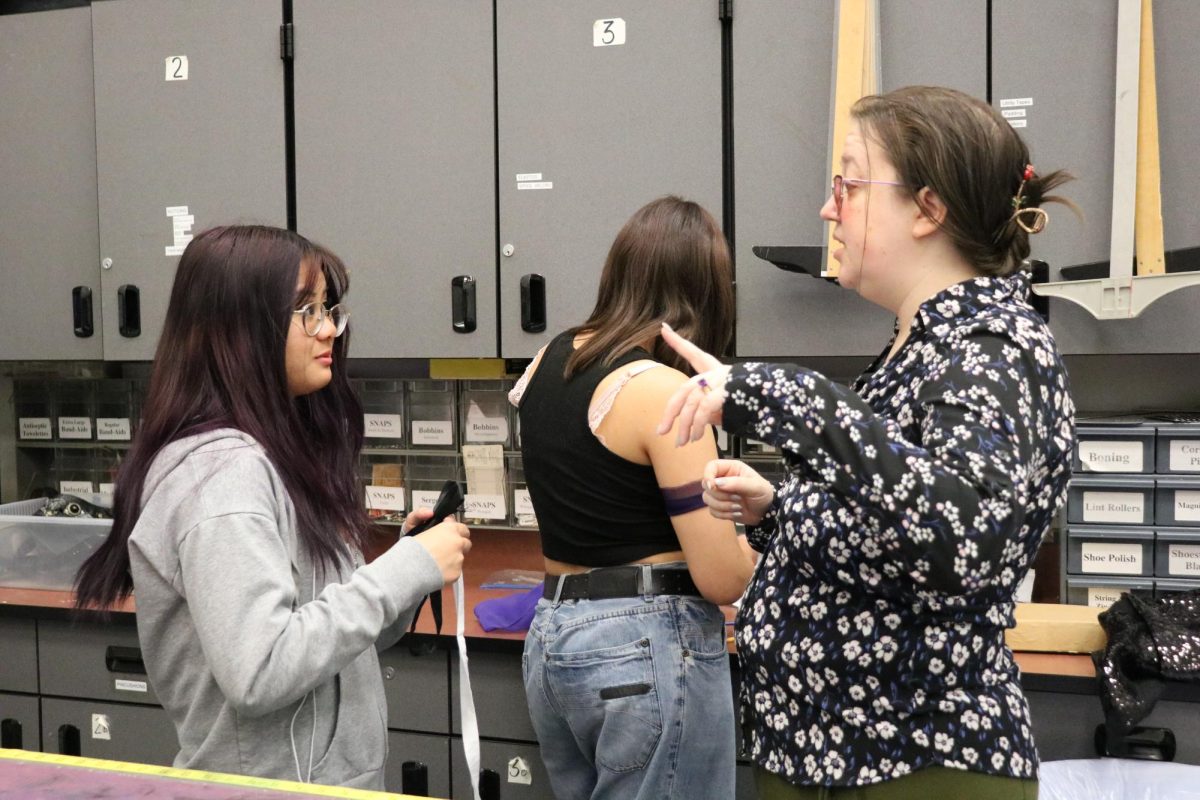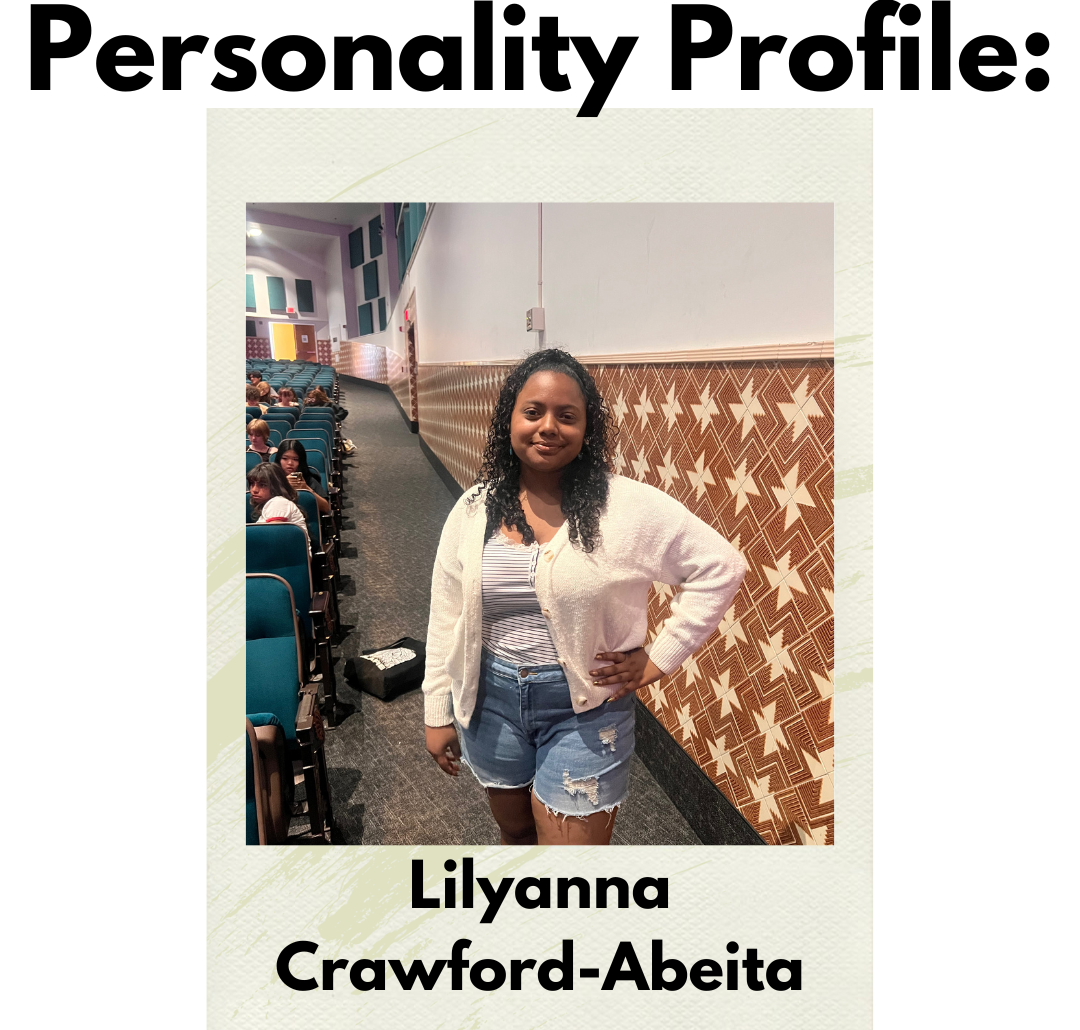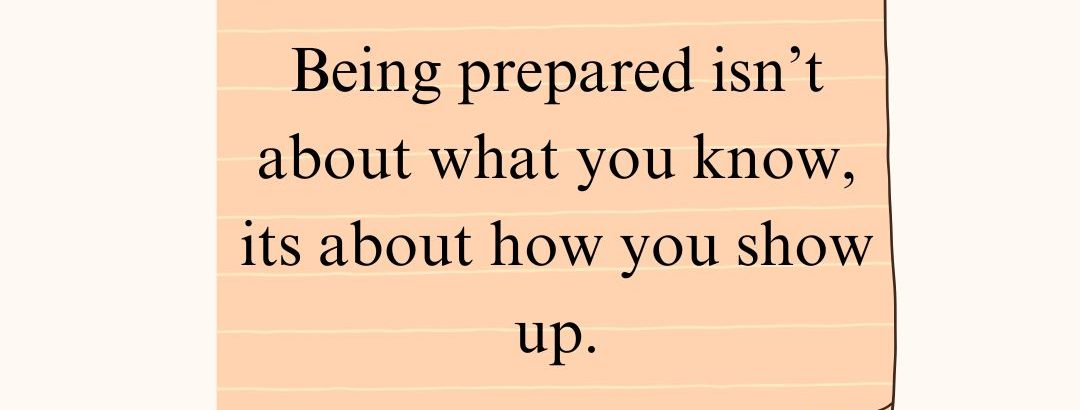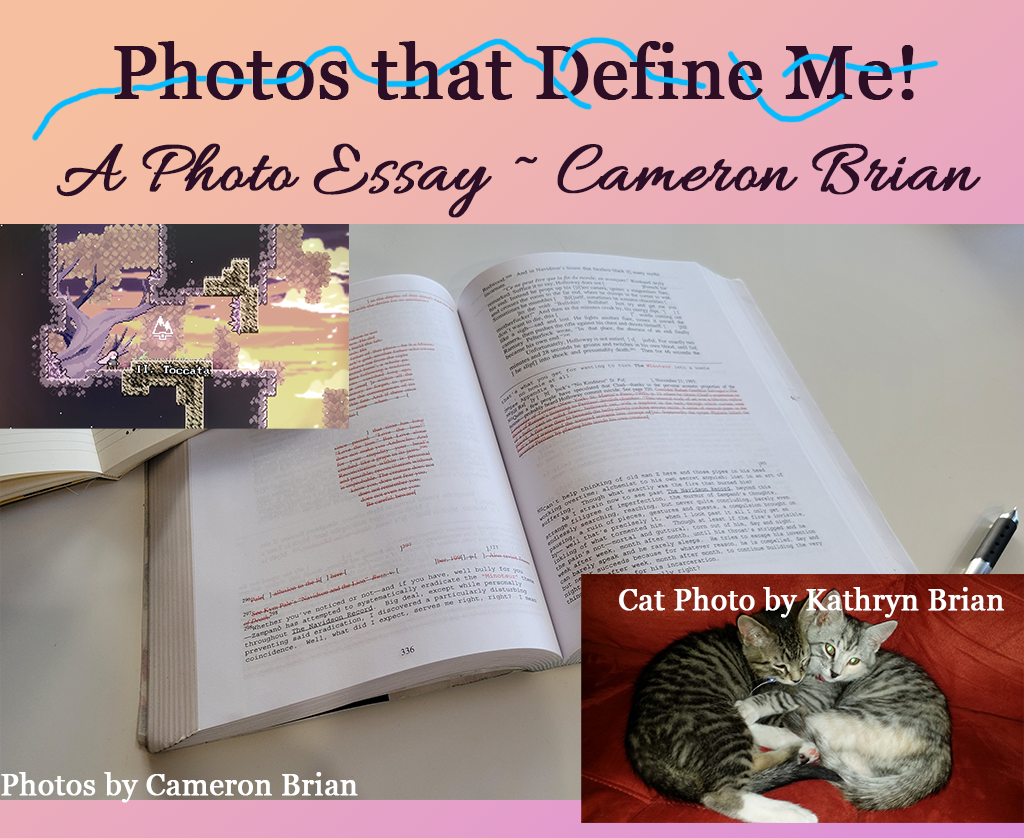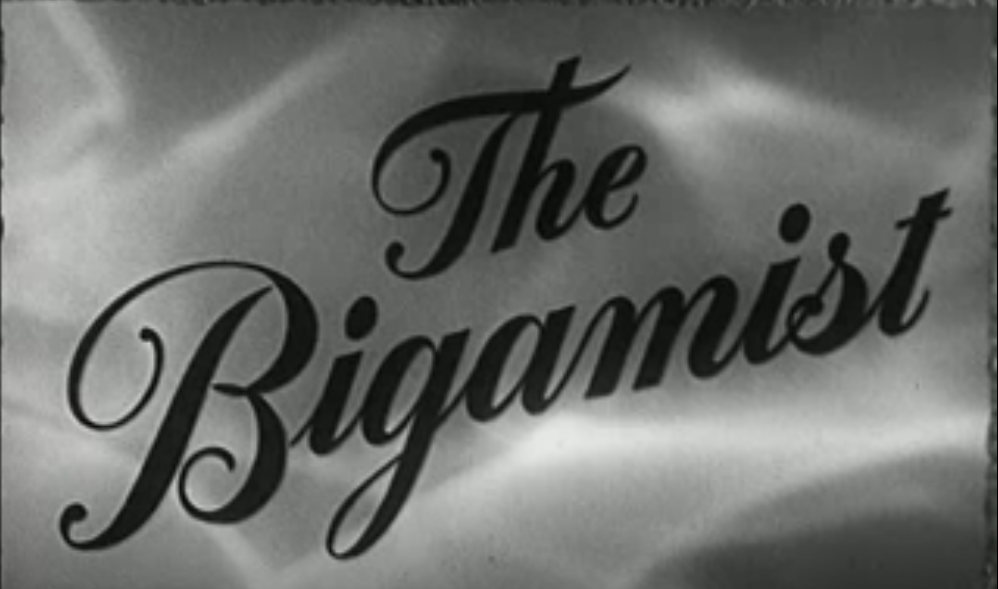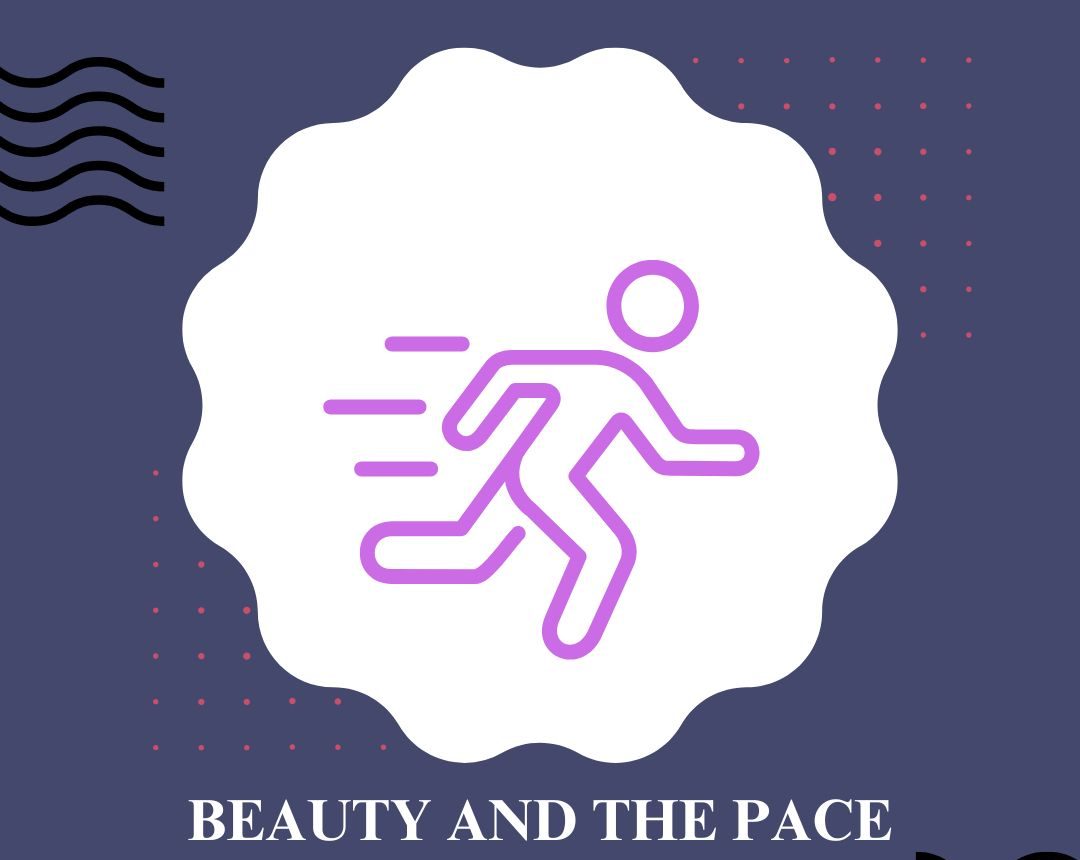We rely on the news to know what is going on in our ever-changing world. It gives constant updates on worldwide events, provides advice on what to do about current crises, and markets to us places and things we ourselves are unaware of. But, we often forget that behind every piece of news media is a journalist who created it, and behind them, a media company that produces it.
As humans, we cannot be perfect. A journalist can strive to remain unbiased in their work, but often bias, even in the slightest, is unavoidable when deciding what to share and how to share it. If the full story isn’t told, it can be strategic for the news company as a business that more strongly supports one side of a subject. When the reader doesn’t get all the information, they are misinformed and pushed to choose that same side as the company. This often benefits the company either directly or indirectly.
It’s important to be personally aware of where bias lies and determine who to trust for your source of news. While measuring a bias can be difficult, in past years many media companies and research scholars have done so and made confident conclusions in their efforts to more accurately and effectively measure the polarization of news stories.
A study done by a research team at University of Rochester recently found that large media outlets’ stories relating to social issues and domestic politics are becoming increasingly biased over time.
This study, led by computer science professor Jiebo Luo, examined a dataset of 1.8 million headlines from 9 major U.S. media outlets between 2014 and 2022 to carefully measure the partiality in stories on domestic politics, economic issues, social issues, and foreign affairs.
The study focuses on the headlines of the articles and examines them using a research method called multiple correspondence analysis (MCA) to determine the bias through 3 main factors (pictured below).
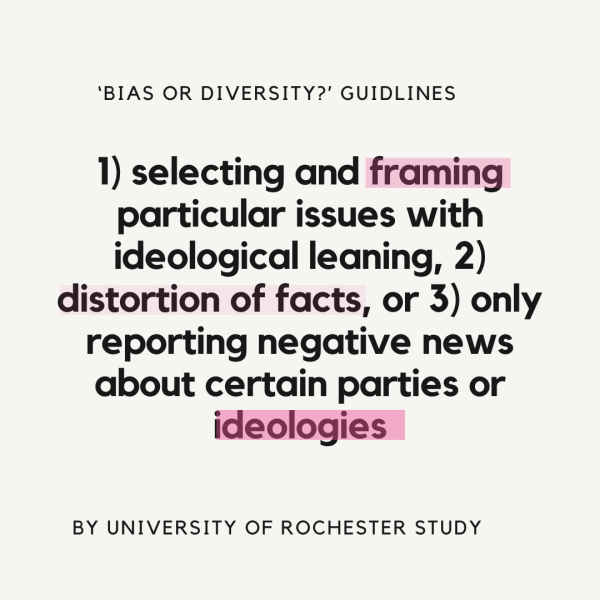
(Violet Gude)
In examining these 4 topics using these guidelines and MCA, they found patterns and concluded that the most bias lied in the topics domestic politics and foreign affairs.
In the discussions and conclusions section of the study they state, “Thematic discrepancy of foreign affairs is larger than that of economic issues. This pattern indicates that thematic discrepancies may arise from variations in perspectives and writing styles. With respect to social issues, the thematic discrepancy is brought about by a mixture of media bias and attitudinal difference.”
The study elaborates that while more discrepancies were found in foreign affairs and social issues, they are also topics of discussion that diversity in coverage and perspective take a strong position in. Especially in the case of social issues, different viewpoints and perspectives will more likely sway the attitude of a news piece, and diversity in media is beneficial. A reader can use being aware of such discrepancies that lie within the different categories of news to their advantage in accurately and proactively consuming media.
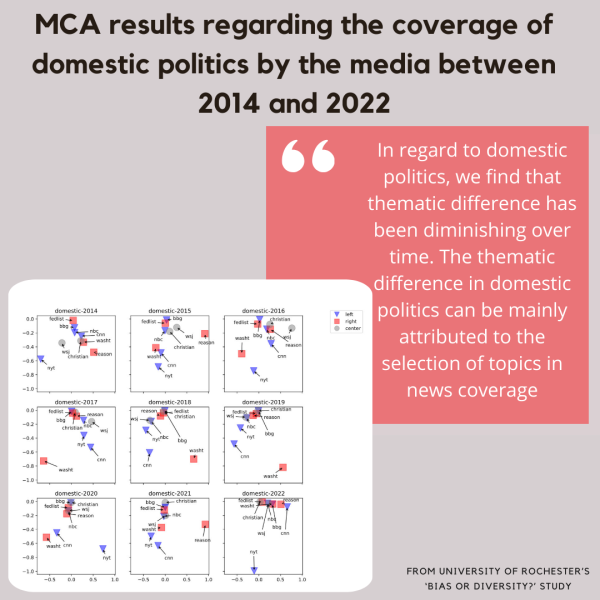
Depending on how one views it, this studies’ results make somewhat accurate conclusions on the amount of existing bias in the biggest news sources of the U.S. The use of headlines in the study has the advantage of looking at the part that has the biggest impression on the most people, with many simply reading a headline and neglecting to read an entire article. It does, however, disregard the presence or lack of biasing language and information that could exist within the story. Regardless, the study provides insight into how readers use their sources of information.
Another commonly known source of examining media bias, is the Ad Fontes Media Bias Chart. The Ad Fontes media company’s main dedication is evaluating news sources and determining levels of bias.
The Ad Fontes official website states, “Our mission is to rate all the news to positively transform society.”
They create their ratings using human analysts with a range in political associations, and produce a new chart every six months, varying in sources and examining the media landscape each time.
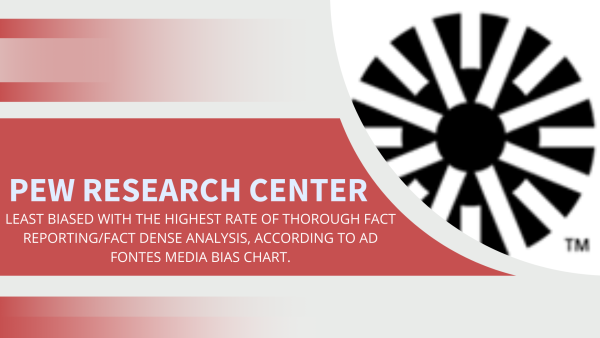
(Violet Gude)
The chart produced by Ad Fontes is one of the most commonly known sources for detecting how “left,” “right,” or in-the-middle a news company’s bias tends to lean. Anyone can access the updated interactive media bias chart, but for any further data a subscription is required.
Other known resources for evaluating bias include the AllSides media bias chart and the Media Bias/Fact Check.
Much of what we know relies only on what we see, but the news is what informs of what goes on in our world that doesn’t happen in front of our eyes. Before you depend on something to keep you aware, remember to evaluate who is producing this information and what they are encouraging you to do as their reader.



